What type of flooring was originally installed in 1940s kitchens?
jlc102482
13 years ago
Featured Answer
Comments (27)
palimpsest
13 years agohomebound
13 years agoRelated Professionals
Freehold Kitchen & Bathroom Designers · Highland Park Kitchen & Bathroom Designers · King of Prussia Kitchen & Bathroom Designers · Piedmont Kitchen & Bathroom Designers · Queen Creek Kitchen & Bathroom Designers · San Jacinto Kitchen & Bathroom Designers · South Farmingdale Kitchen & Bathroom Designers · Terryville Kitchen & Bathroom Designers · Sunrise Manor Kitchen & Bathroom Remodelers · Citrus Park Kitchen & Bathroom Remodelers · Elk Grove Village Kitchen & Bathroom Remodelers · Gardner Kitchen & Bathroom Remodelers · Upper Saint Clair Kitchen & Bathroom Remodelers · Forest Hills Kitchen & Bathroom Remodelers · Memphis Architects & Building Designersjlc102482
13 years agocalliope
13 years agoBilll
13 years agopalimpsest
13 years agosombreuil_mongrel
13 years agomacv
13 years agocamlan
13 years agolindac
13 years agomacv
13 years agoalexia10
13 years agojlc102482
13 years agoconcretenprimroses
13 years agoSally Lawrence
8 years agogreenwoodframed
8 years agolast modified: 8 years agoBruce in Northern Virginia
8 years agolast modified: 8 years agoUser
8 years agobleusblue2
8 years agobleusblue2
8 years agoEllen Romrell
7 years agolast modified: 7 years agolazy_gardens
7 years ago623082
6 years agokats737
6 years agoGwendolyn Monroe
6 years agotaylvs3
6 years ago
Related Stories

KITCHEN BACKSPLASHESHow to Install a Tile Backsplash
If you've got a steady hand, a few easy-to-find supplies and patience, you can install a tile backsplash in a kitchen or bathroom
Full Story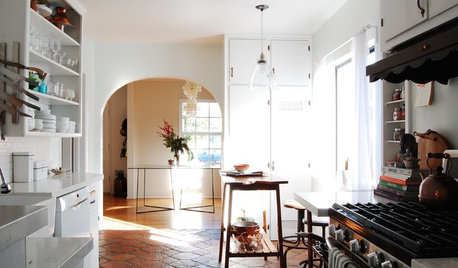
ECLECTIC HOMESMy Houzz: Charming 1940s Home Update Is All in the Family
Heirlooms, handmade furniture and original details take center stage in a couple’s renovated Los Angeles house
Full Story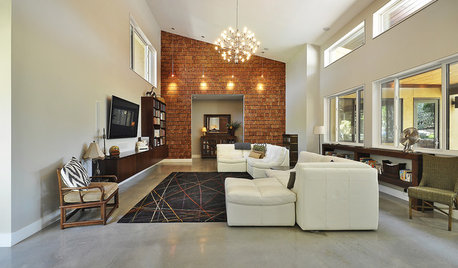
LIGHTINGReady to Install a Chandelier? Here's How to Get It Done
Go for a dramatic look or define a space in an open plan with a light fixture that’s a star
Full Story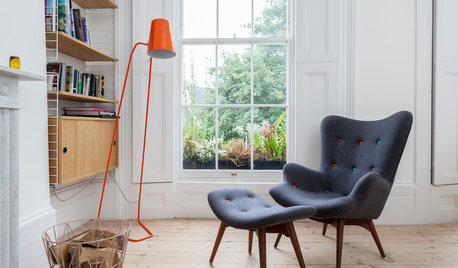
FLOORS10 Ways to Make the Most of Your Home’s Original Floors
Save yourself the cost of replacing your old floorboards with these tips for a new finish
Full Story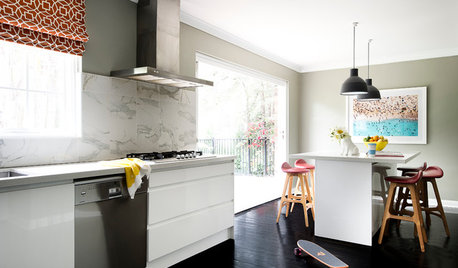
FLOORS11 Distinctive Finishes for Original Floorboards
Whether you go for glossy, painted or matte boards, make your wood floor the star
Full Story
REMODELING GUIDESContractor Tips: How to Install Tile
Before you pick up a single tile, pull from these tips for expert results
Full Story
BATHROOM DESIGNShould You Install a Urinal at Home?
Wall-mounted pit stops are handy in more than just man caves — and they can look better than you might think
Full Story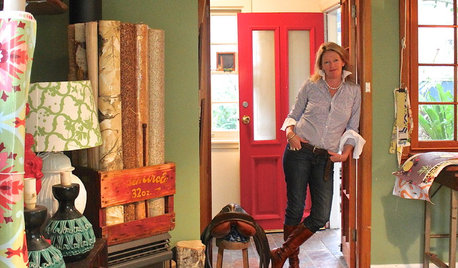
HOUZZ TOURSMy Houzz: Countryside Charm in a 1940s Home
Relaxed but pulled together, a lamp maker’s home in Australia shows her passion for collections and creativity
Full Story
HOUZZ TOURSMy Houzz: Feel-Good Design Energizes a 1940s Ohio Home
Saturated colors and bold prints turn a boring beige house into a cheerful, inviting family home
Full Story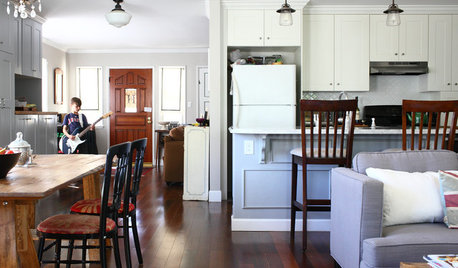
HOUZZ TOURSMy Houzz: 1940s Fixer-Upper Grows Up With the Family
After living in their post–World War II house for 8 years, a couple transform it into a home that works for their family today
Full StorySponsored
Leading Interior Designers in Columbus, Ohio & Ponte Vedra, Florida
More Discussions









jlc102482Original Author